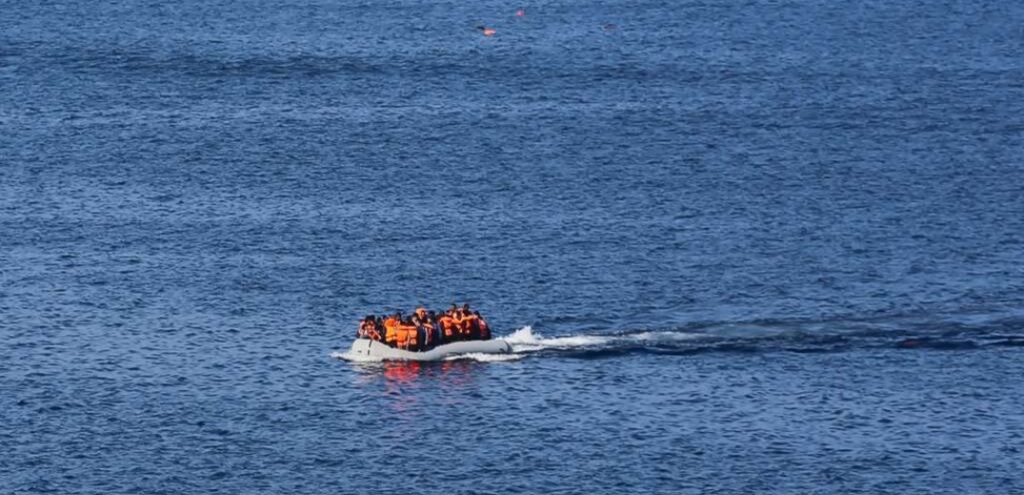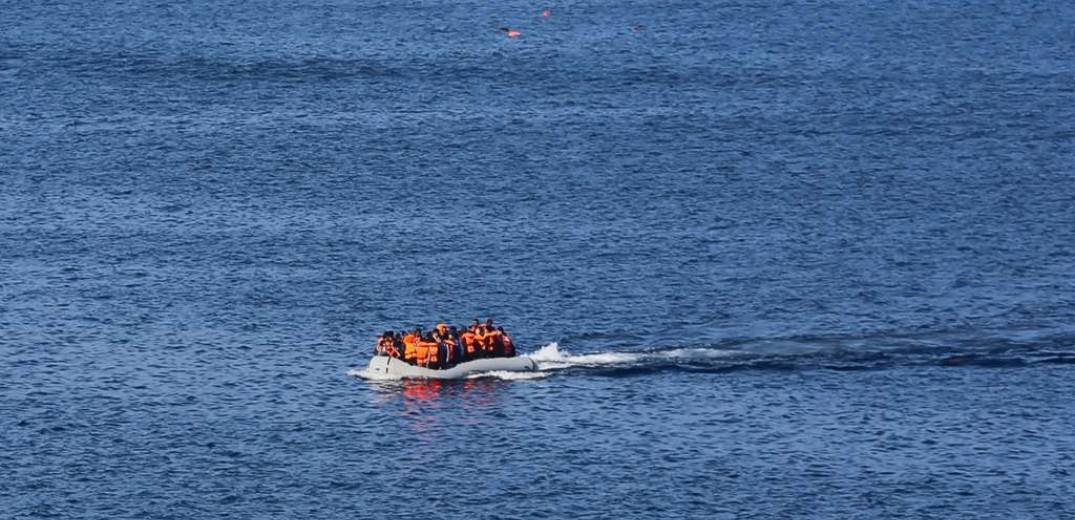
As Greece opened up its borders for international tourism, the people smuggling trade also opened up for business with a small but steady flow of illegal immigrants crossing the Aegean from neighbouring Turkey.
According to the latest figures from the office of the UN High Commissioner on Refugees, the week from 29 June to 5 July saw 27 people arrived on the Aegean islands, a decrease from last week’s 49 arrivals and from last year’s 1,066 arrivals during the same period. The average daily arrivals on all islands this week equaled 4, compared to 7 in the previous week.
Present Population on the Islands
Some 33,000 refugees and asylum-seekers reside on the Aegean islands. The majority of the population on the Aegean islands are from Afghanistan (50%), Syria (18%) and Somalia (6%).
Women account for 22% of the population, and children for 33% of whom nearly 7 out of 10 are younger than 12 years old.
Approximately 13% of the children are unaccompanied or separated, mainly from Afghanistan.
Shielding against Covid-19
To ‘shield’ the older and immune-compromised asylum-seekers from the risk of Covid-19, UNHCR is currently prioritising their transfer out of the island RICs into ESTIA apartments on the islands or the mainland and hotels on the islands. This week, 40 people were moved, of whom 29 to ESTIA on the mainland, and 11 to ESTIA on the island.
Entry Points by Sea
Lesvos received the highest number of arrivals (27). The Dodecanese islands, Samos and Chios received no arrivals.

